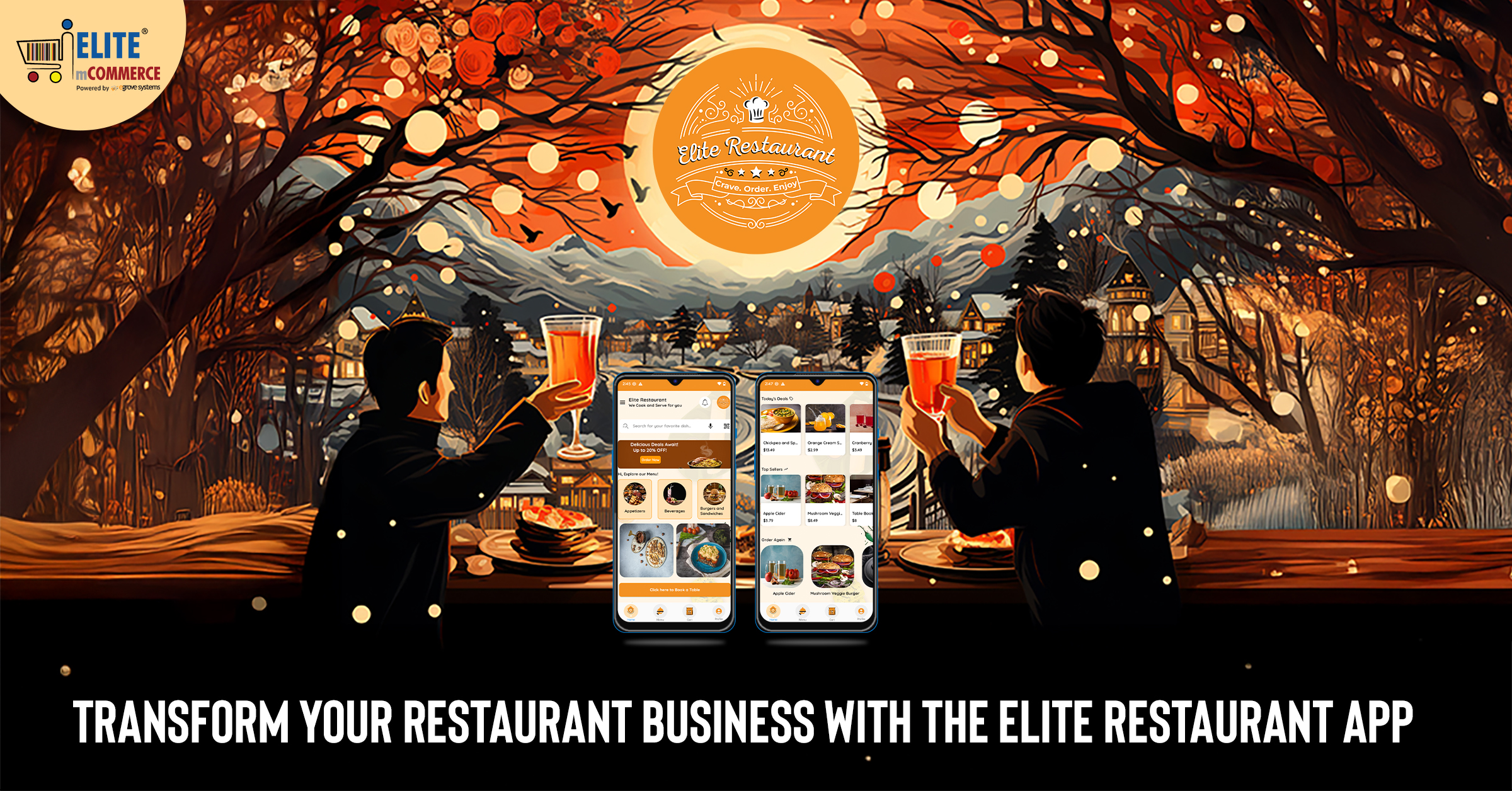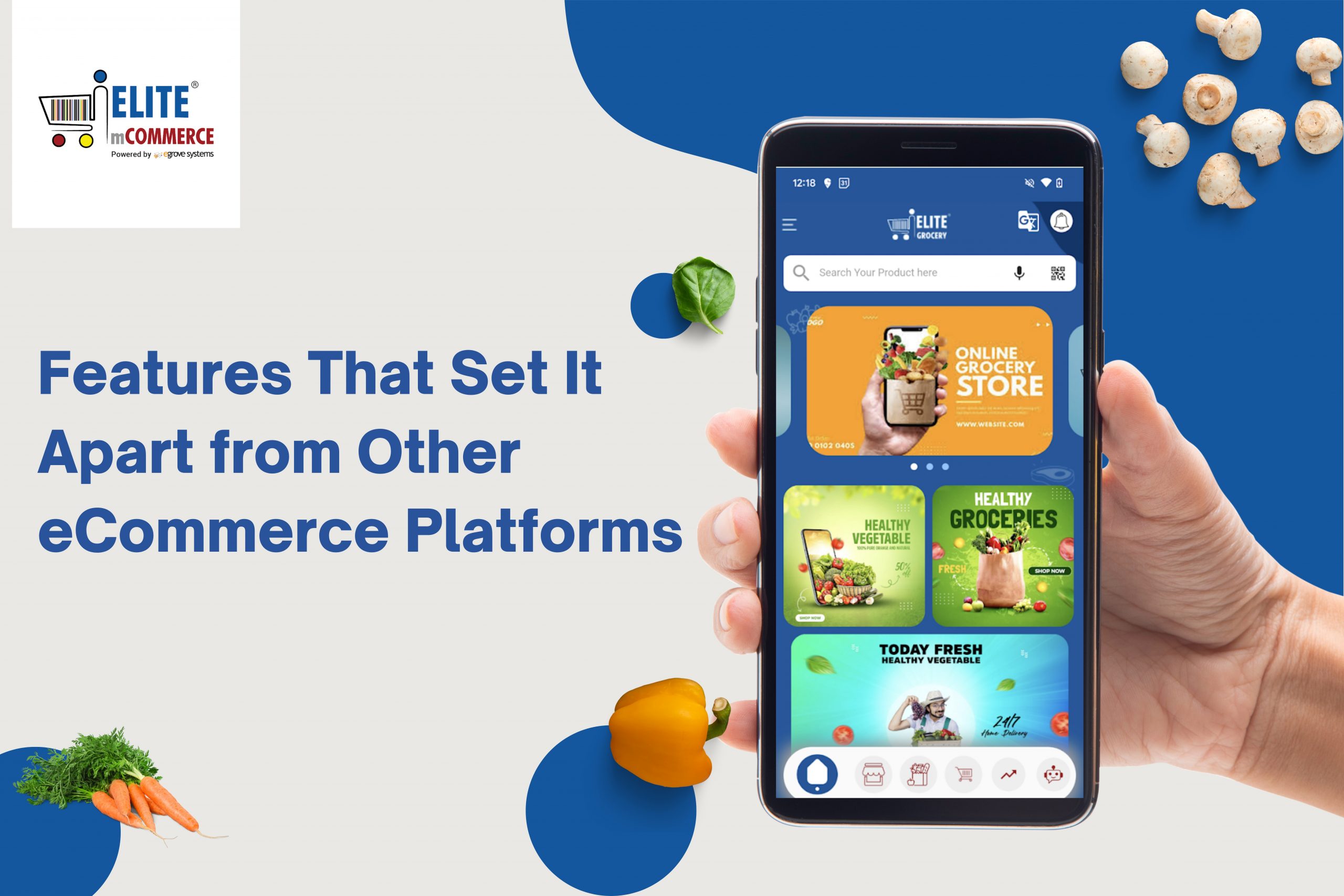The demand for food delivery apps has never been higher, but with new sales channels there are new challenges in customer service, and customers aren’t always happy with the results of their mobile restaurant orders. The wide availability of food delivery apps means that eaters can move on to the next option if they have a single bad experience. That means customer service is more important than ever, so here are the most important customer service issues that can be addressed in mobile food delivery.
Phone calls ignored by customers
When the restaurant or delivery driver needs to report a problem or ask a question to the customer, their first approach is to make a phone call, which means they need to make sure the call is answered. 80% of those surveyed by First Orion said they wanted to be called, yet 62% said they’ve missed calls related to their order because they didn’t recognize the caller’s number.
Restaurants might not think they’re at fault if customers don’t pick up, but they can do more. Getting your store’s phone number, and potentially that of your delivery staff, labelled with your brand is one approach. Another is to support in-app calls and messaging through your app, which guarantees that the call is associated with the order they made. 81% of the surveyed individuals said it was important that unknown callers were identified.
Navigation issues with drivers
Drivers frequently have trouble finding their destination, which can add to the time of delivery and disturb customers if they are forced to give directions. This can lead to compounding delays on later deliveries as well. Including in-app navigation directions in the delivery driver’s version of the app can reduce this problem and ensure that drivers can find the destination quickly.
Another feature that is vital to improve customer service is customizable special instructions when ordering, so customers can describe exactly where on their property they want their food delivered to. Make sure drivers are sent these instructions and can view them easily.
Incorrect orders
37% of customers noted issues with their orders having the wrong food. This is a critical mistake that can easily lead to customers never ordering again or making negative reviews. There are multiple places where the wrong order could have been made, from the kitchen to the delivery staff. When orders go wrong, it’s essential to apologize to customers and offer coupons or compensation, then break down where it happened and correct it.
Make sure your mobile app’s menu is updated frequently and is organized clearly so customers are not ordering the wrong item unintentionally. If they can include special instructions about adding or removing ingredients, check that your kitchen staff receives it with mobile orders and doesn’t miss anything.
Read also:- Saving your Restaurant Brand from Food Aggregator Exploitation
Deliveries arriving late
One of the most common issues facing restaurants is ensuring on-time delivery. Unforeseen delays like traffic can cause delays, but it’s important to do everything possible to make delivery smooth. Restaurant professionals suggest setting aside parking and store access to delivery drivers so they can pick up orders quickly. In addition, communicating reasonably expected delivery times is important; showing the delivery’s progress in the app reassures the customer compared to a single unadjusted estimate.
It’s hard to guarantee on-time delivery when working with third-party apps, which is one reason why launching individual restaurant ordering apps is a viable alternative. If your app lets you track individual drivers’ performance, you can encourage on-time delivery and see if their delivery times could be improved.
Food arriving damaged, cold, or not fresh-tasting
Customers can be upset if their food doesn’t arrive tasting great. As a restaurant, you can equip delivery staff with secure, stable packaging and heat-preserving containers. As with late deliveries, making sure drivers are accountable is a valuable tool in getting food delivered fresh and intact.
Food preparation and packaging should be made with road travel in mind, with different considerations from in-house dining. Additionally, tamper-proof, sealed containers are becoming increasingly important to reassuring customers that they were not opened since being packaged in the restaurant for health and safety reasons.
Final Thoughts
Good customer service means responding to any of these issues as quickly as possible, taking all responsibility and working to fix the problem in the future. It’s not always possible to satisfy all customers, but restaurants brands that prioritize the happiness of eaters will stand out in a crowded online ordering marketplace.









Very useful stuff. This was totally adorable and helpful. Thank you.